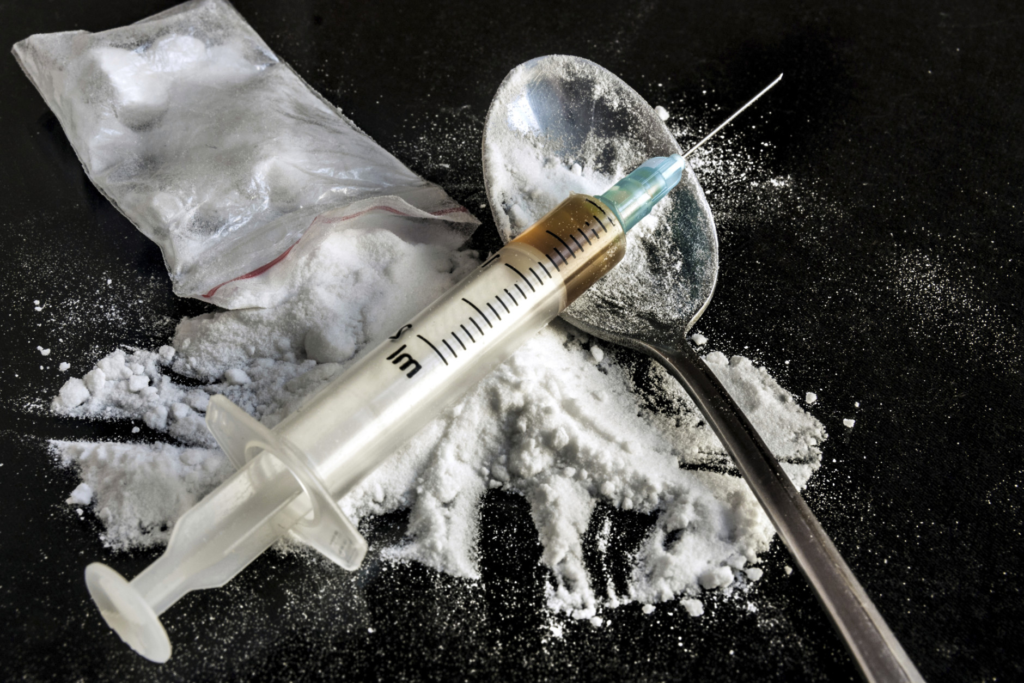CDC | December 13, 2018
According to the latest numbers from the US Centers for Disease Control and Prevention’s National Center for Health Statistics, Fentanyl is now the most commonly used drug that is involved in drug overdoses. The new report says that the rate of drug overdoses involving the synthetic opioid increased by about 113% each year from 2013 through 2016.
What is fentanyl?
Pharmaceutical fentanyl is a synthetic opioid pain reliever, approved for treating severe pain, typically advanced cancer pain. It is 50 to 100 times more potent than morphine. It is prescribed in the form of transdermal patches or lozenges and can be diverted for misuse and abuse in the United States.
However, most recent cases of fentanyl-related harm, overdose, and death in the U.S. are linked to illegally made fentanyl. It is sold through illegal drug markets for its heroin-like effect. It is often mixed with heroin and/or cocaine as a combination product–with or without the user’s knowledge–to increase its euphoric effects.
Illicitly-made fentanyl use is on the rise
The rate of overdose deaths involving synthetic opioids other than methadone, which includes fentanyl, doubled from 2015 to 2016. Roughly 19,400 people died from overdoses involving synthetic opioids other than methadone in 2016.
Reports from law enforcement indicate that much of the synthetic opioid overdose increase may be due to illegally or illicitly made fentanyl. According to data from the National Forensic Laboratory Information System, confiscations, or seizures, of fentanyl increased by nearly 7 fold from 2012 to 2014. There were 4,585 fentanyl confiscations in 2014. This suggests that the sharp rise in fentanyl-related deaths may be due to increased availability of illegally made, non-pharmaceutical fentanyl, and not prescribed fentanyl.
The number of states reporting 20 or more fentanyl confiscations every six months is increasing. From July to December 2014, 18 states reported 20 or more fentanyl drug confiscations. By comparison, six states reported 20 or more fentanyl drug confiscations from July to December 2013.
What can be done?
CDC suggests the following actions in response to increases in fentanyl-related overdose deaths:
Improve detection of fentanyl outbreaks
- Public health departments:
Explore methods for more rapidly detecting drug overdose outbreaks, including fentanyl. - Medical examiners and coroners:
Screen for fentanyl in suspected opioid overdose cases in regions reporting increases in fentanyl confiscations, fentanyl-related overdose fatalities or unusually high spikes in heroin or unspecified drug overdose fatalities. Not all jurisdictions routinely test for fentanyl.< - Law enforcement:
Law enforcement can play an important role identifying and responding to increases in the distribution and use of illegally-made fentanyl.
Expand Use of Naloxone
Naloxone is a safe and effective antidote to opioid-related overdoses, including heroin and fentanyl, and is a critical tool in preventing fatal opioid overdoses. Depending on state and local laws, this medication can be administered by EMS, law enforcement, other drug users, or family and friend bystanders who have obtained the medication.
- Health Care Providers:
Multiple doses of naloxone may need to be administered per overdose event because of fentanyl’s high potency relative to other opioids. - Harm reduction organizations:
Conduct trainings on naloxone use to persons at risk for opioid-related overdose and their friends and family members.

